In the dynamic landscape of modern business, the strategic imperative for companies to implement technological solutions that foster productivity and efficiency within their corporate teams cannot be overstated. Emerging technologies are reshaping the way teams operate, paving the way for unprecedented collaboration, data-driven decision-making, and streamlined processes. Zawadzki & Co’s suite of technological solutions—R-Daniel, GaussProfit, and Fullstep—serves as exemplars of how cutting-edge tools can empower teams to achieve remarkable outcomes. In this article, we’ll delve into the strategic importance of embracing such solutions and explore the transformative impact they can have on corporate teams.
Navigating the Modern Business Landscape
In a world where agility, adaptability, and efficiency are paramount, organizations that leverage technological solutions gain a competitive edge. The strategic imperative lies in not just adopting technology for the sake of it, but in strategically selecting tools that align with organizational goals, enhance team capabilities, and drive tangible results.
- Unlocking Insights with R-Daniel:
Example Scenario:
Consider a sales team equipped with R-Daniel, the Artificial Intelligence Analyst. R-Daniel processes years of financial and commercial data, uncovering hidden insights that human analysis might overlook. This empowers managers to make data-driven decisions, identify revenue trends, and optimize customer management strategies.
Strategic Impact:
- Data democratization: Different company areas and offices can now work towards the same KPI’s and OKR’s without worrying about data inputs, reducing number-crunching hours from data analysts and strategic planners.
- Informed Decision-Making: Teams armed with R-Daniel can make decisions based on comprehensive insights, reducing reliance on intuition and guesswork.
- Proactive Problem Solving: By understanding business trends and cycles, teams can proactively address atypical variations in sales and profits before they escalate.
- Optimizing Profitability with GaussProfit:
Example Scenario:
Imagine a finance team utilizing GaussProfit, the Advanced Profit Management solution. The team gains a 360-degree view of the company’s financial landscape, enabling detailed P&L statements and analysis. This not only aids in identifying patterns and trends but also facilitates strategic decision-making.
Strategic Impact:
- Holistic Financial Visibility: Teams can go beyond traditional cost analysis, understanding profitability at various levels such as product, customer, project, and process.
- Data-Driven Strategy: GaussProfit’s interactive capabilities empower management to make valuable findings, driving strategies based on up to date financial insights.
- Revolutionizing Procurement with Fullstep:
Example Scenario:
Consider a procurement team integrating Fullstep’s technology platform. The team gains the ability to digitize the entire spend cycle, ensuring compliance, minimizing risks, and fostering collaboration between internal and external stakeholders.
Strategic Impact:
- Efficiency and Collaboration: Fullstep streamlines the procurement process, minimizing bottlenecks, and enhancing collaboration between teams.
- Cost Reduction and Compliance: By providing real-time visibility and control, Fullstep enables cost reduction strategies and ensures adherence to compliance standards.
The Transformative Impact on Corporate Teams:
- Improved Collaboration and Communication:
Technological solutions foster seamless communication and collaboration within teams, breaking down silos and promoting a culture of transparency. R-Daniel, GaussProfit, and Fullstep facilitate real-time data sharing, enabling teams to work cohesively towards shared objectives.
- Enhanced Decision-Making:
Informed decision-making is the bedrock of corporate success. R-Daniel’s insights, GaussProfit’s financial visibility, and Fullstep’s procurement analytics empower teams to make decisions grounded in data, reducing risks and ensuring strategic alignment.
- Agility and Adaptability:
The modern business landscape demands agility. Technological solutions enable teams to adapt swiftly to changing market conditions. Whether it’s predicting market trends with R-Daniel or adapting procurement strategies with Fullstep, teams equipped with these tools are better positioned for success.
- Operational Efficiency:
Efficiency is at the core of corporate productivity. GaussProfit’s optimization capabilities, coupled with Fullstep’s streamlined procurement process, contribute to operational efficiency. These tools eliminate redundancies, automate manual processes, and ensure resources are utilized judiciously.
Strategic Considerations for Implementation:
- Alignment with Organizational Goals:
Before implementing technological solutions, companies must ensure alignment with organizational goals. Each tool, whether R-Daniel, GaussProfit, or Fullstep, should complement and contribute to the overarching business strategy. We can’t stress this enough!
- Training and Adoption:
Investing in employee training is crucial for successful implementation. Teams need to be well-versed in utilizing the features of these tools to unlock their full potential. A culture of continuous learning and adaptation is essential.
- Scalability and Integration:
Scalability and integration capabilities are critical considerations. Technological solutions should be able to grow alongside the organization and seamlessly integrate with existing systems to avoid disruptions.
A New Era of Corporate Empowerment
As organizations navigate the complexities of the modern business landscape, the strategic imperative to implement technological solutions for productivity and efficiency becomes increasingly evident. R-Daniel, GaussProfit, and Fullstep stand as beacons of innovation, showcasing the transformative impact technology can have on corporate teams.
In embracing these tools, companies not only position themselves for success in the current competitive landscape but also future-proof their operations. The strategic imperative is not merely about adopting technology; it’s about strategically choosing tools that empower teams, drive efficiency, and contribute to the realization of organizational goals. As the business world continues its relentless evolution, the integration of technology becomes not just a choice but a strategic necessity for corporate empowerment and sustainable growth.
